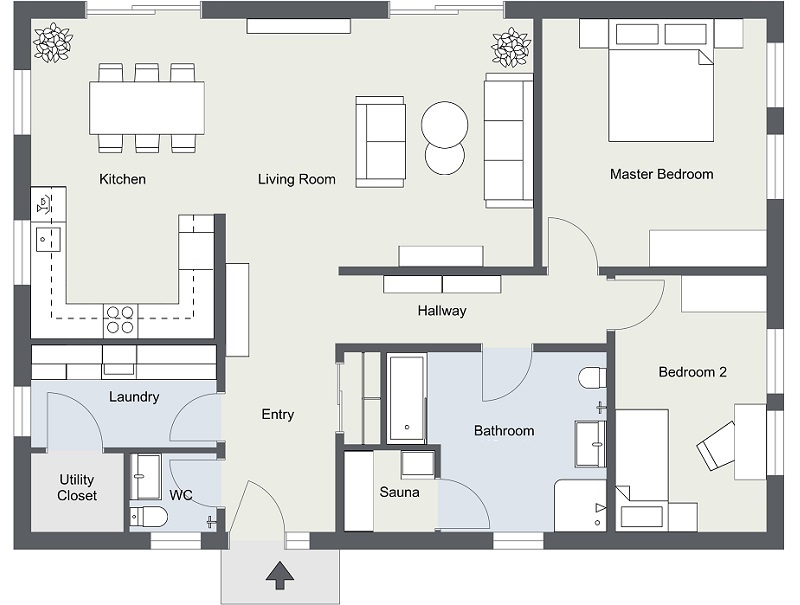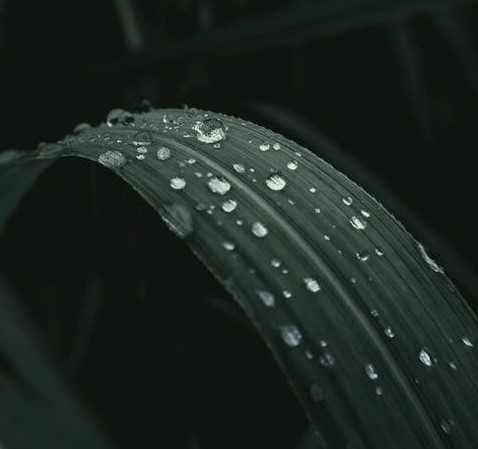


Abstract: Architects use existing projects as reference while designing. This process aids in providing insight on how similar architectural situations were solved in the past. To search for similar projects, manual look-up through the layouts can be a cumbersome process. A fast automatic electronic technique for understanding and retrieval of similar projects need to be adopted.

Abstract: Deep learning-based algorithms have shown significant state-of-the-art accuracy in aerial image classification. Besides, the nature of these algorithms is a black box, which puts the question of why a particular output is produced. Therefore explainability is one kind of solution to improve the transparency of DNN network's decision. In this paper, we have designed a lightweight and explainable convolutional neural network (CNN) architecture for emergency monitoring from aerial imagery. We interpret the outcomes of the proposed architecture with a newly designed explainable algorithm which is the improved version of the model-agnostic methods such as Shapley additive explanations (SHAP) and local interpretable model-agnostic explanations (LIME). We have used a dedicated dataset named as Aerial Image Database for Emergency Response (AIDER) for the experiments and explained the decisions of the proposed CNN classifier to ensure reliability. The proposed classifier achieves 96% accuracy with minimal memory requirements on a benchmark set with known ground truth and explains their outcomes with the newly proposed explainable algorithm.

Abstract: Sugarcane billets are shorter segments of cane harvested and used globally for plantations. Due to such a mechanical approach, billets are often damaged and directly impact crop yield. Hence, automatic identification of sugarcane billet quality is a fundamental problem in the context of intelligent farming. Many familiar convolutional neural network (CNN) architectures are used for image classification tasks in the literature. This paper proposes an improved deep neural network architecture, SBDNet (Sugarcane Billet Diagnosis Network), that takes an image of the sugarcane billet as input and labels it healthy or damaged.

Abstract: Pixipher is a open source client-server architecture based framework. Given an RGB image we individually process the three image channels and combine the encrypted channels to obtain the final result. A sequence of chaotic sequence and DNA encoding techniques are used in Pixipher to generate the final encrypted image. The encrypted image can then be send to the desired receiver over the network using Pixipher, which uses SHA-160 technique for the point-to-point communication. At the receiver end the decoding technique is just the complement of that of the encoding technique. Runtime analysis revealed that Pixipher’s execution time is significantly less as compared to other methods.

Abstract: Content-based image retrieval (CBIR) is one of the most active research area in multimedia information retrieval. Given a query image the task is to search relevant images in a repository. Low level feature like color, texture and shape feature vectors of an image are always considered to be an important attribute in CBIR system. Thus the performance of the CBIR system can be enhanced by com- bining these feature vectors. In this paper we propose a novel CBIR framework by applying indexing using multiclass SVM and finding the appropriate weights of the individual features automatically using the relevance ratio and mean diverence. We have taken the four feature descriptors to represent color, texture and shape features. During retrieval, feature vectors of query image are combined, weighted and compared with feature vectors of images in the database to rank order the results. Experiments were performed on four benchmark datasets and performance is compared with existing techniques to validate our proposed framework.